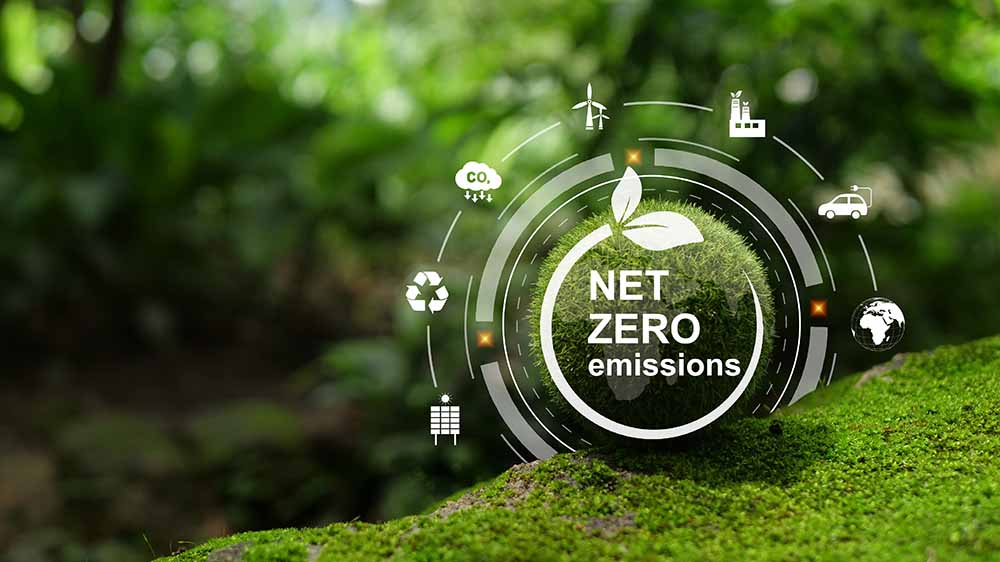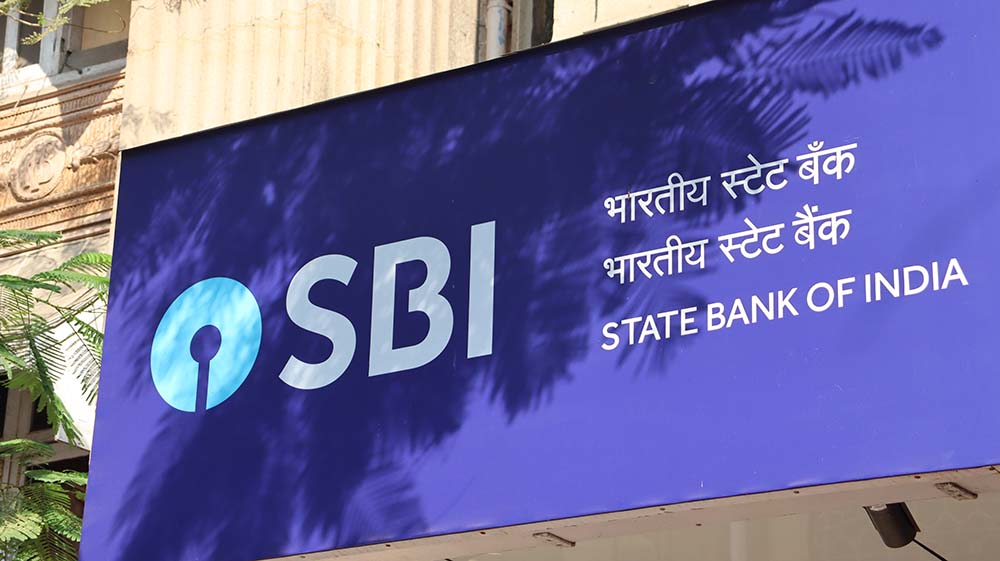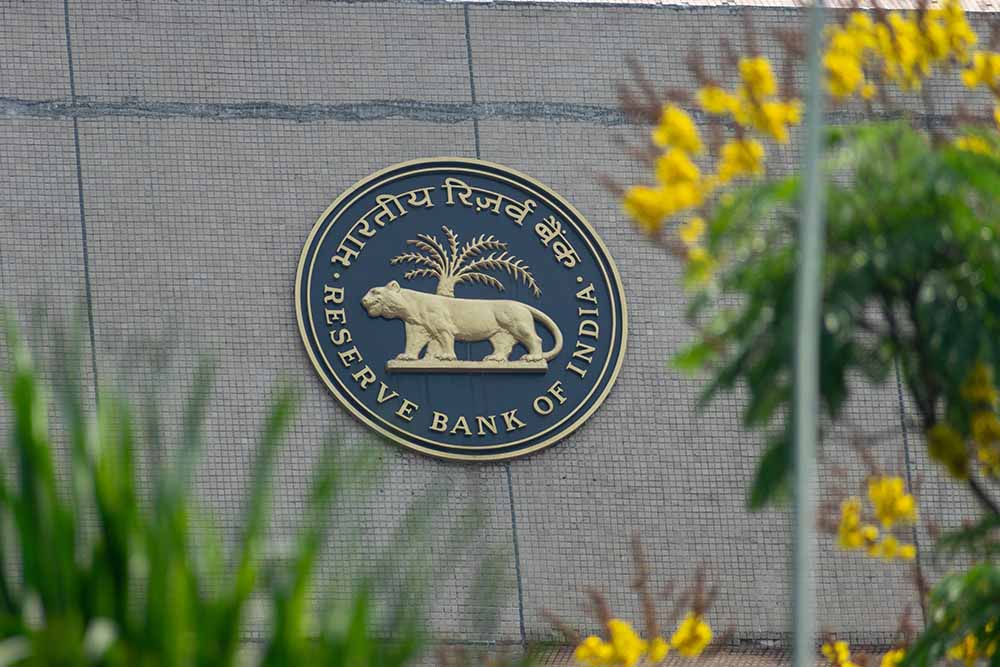India embarked on its climate action journey in 2009, setting ambitious goals to reduce emissions intensity. By 2020, it had made significant strides, achieving 24 per cent of its targeted reduction.
Looking ahead, India has set even more ambitious targets, including reducing emissions intensity by 33 to 35 per cent by 2030 compared to 2005 levels, increasing non-fossil fuel-based energy sources to 40 per cent of the total electric power capacity, and expanding forest cover to absorb 2.5 to 3 billion tonnes of CO2 equivalent. These goals align with the broader aims of sustainable living, climate-friendly growth, adaptation, finance, and technology development. A key milestone in this journey is the commitment to achieve 'NET ZERO' emissions by 2070.

In line with these aspirations, the State Bank of India (SBI) has introduced the SBI Green Rupee Term Deposit, a specialised fixed deposit scheme aimed at directing funds towards environmentally-friendly projects. This initiative extends beyond traditional investments, providing investors with a unique opportunity to support eco-positive initiatives.

Banks and financial institutions offer a variety of investment options that allow investors to allocate funds towards environmentally sustainable initiatives. One such instrument is the green fixed deposit, tailored for individuals who prioritise environmental consciousness in their investment choices.

As per chartered accountant Abhay Asknani, the landscape of ethical finance is evolving rapidly. As investors increasingly prioritise environmental consciousness in their financial decisions, innovative instruments such as green fixed deposits have emerged as a viable option for aligning investment portfolios with sustainability goals.
Green deposits, like the SBI Green Rupee Term Deposit (SGRTD), offer a straightforward avenue for investors to support eco-positive initiatives. As Abhay explains, ‘These deposits function much like traditional fixed deposits, providing investors with a fixed interest rate over a predetermined tenure. However, the key distinction lies in the allocation of funds, with green deposits exclusively directed towards financing environmentally beneficial projects.’
The SGRTD underscores a significant shift towards promoting environmental sustainability within the banking sector. As Abhay observes, ‘This initiative represents a commendable effort by the SBI to mobilise funds for environmentally friendly projects, fostering the growth of a green finance ecosystem in India.’

Through this endeavour, SBI seeks to bolster the development of a financial system that prioritises sustainability in India.
Understanding Green Deposits:
A green deposit, like the SGRTD, serves as a fixed-term deposit option for individuals seeking to invest their surplus cash reserves in environmentally sustainable initiatives. Functioning similarly to regular term deposits, green deposits offer investors a fixed interest rate over a predetermined tenure. However, the primary distinction lies in the allocation of funds collected.
They are directed towards projects related to renewable energy, clean technology, and other environmentally beneficial initiatives. These projects cover a broad spectrum of activities, such as funding solar power projects, wind farms, organic farming initiatives, and the creation of energy-efficient infrastructure, among others.

Eligibility And Tenure Options:
Available to many different types of people and organisations like individuals, families, businesses, and non-profit establishments, the main difference between regular and green deposits lies in how the money is used. Regular deposits usually go into a general fund, but green deposits are specifically used to fund environmentally friendly projects. However, the usual rules for deposits - such as when you can take your money out, or renew your deposit - still apply to both types of fixed deposits.
Investors are granted the flexibility to select from three distinct tenures: 1,111 days, 1,777 days, and 2,222 days, allowing them to tailor their investment according to their preferences and financial goals.
Regulatory Framework And Future Outlook:
The Reserve Bank of India (RBI) laid out a comprehensive framework which aims at regulating banks' acceptance of green deposits. This framework is designed to safeguard the interests of depositors, assist customers in achieving their sustainability goals, address concerns related to green-washing, and facilitate the flow of credit towards green activities. SBI's initiative aligns with these regulatory guidelines and underscores the growing importance of environmental finance in India's banking sector.
Banks are allowed to offer overdraft facilities to customers against green deposits. The regulatory framework allows green deposits to be denominated in Indian Rupees only. If an investor makes a premature withdrawal after six months from the account opening, their green fixed deposit will be converted into a regular fixed deposit.

Investment Considerations:
The SGRTD marks a significant milestone in India's journey towards sustainable development. By channelling investments into environmentally friendly projects, SBI not only supports the nation's sustainability goals, but also sets a precedent for other financial institutions to follow suit.
However, Abhay advises caution to potential investors, urging them to carefully evaluate the risks associated with green deposits. ‘While the objectives of supporting environmentally friendly projects are commendable,’ he cautions, ‘investors must be diligent in assessing the potential risks, including regulatory changes and technological challenges.’